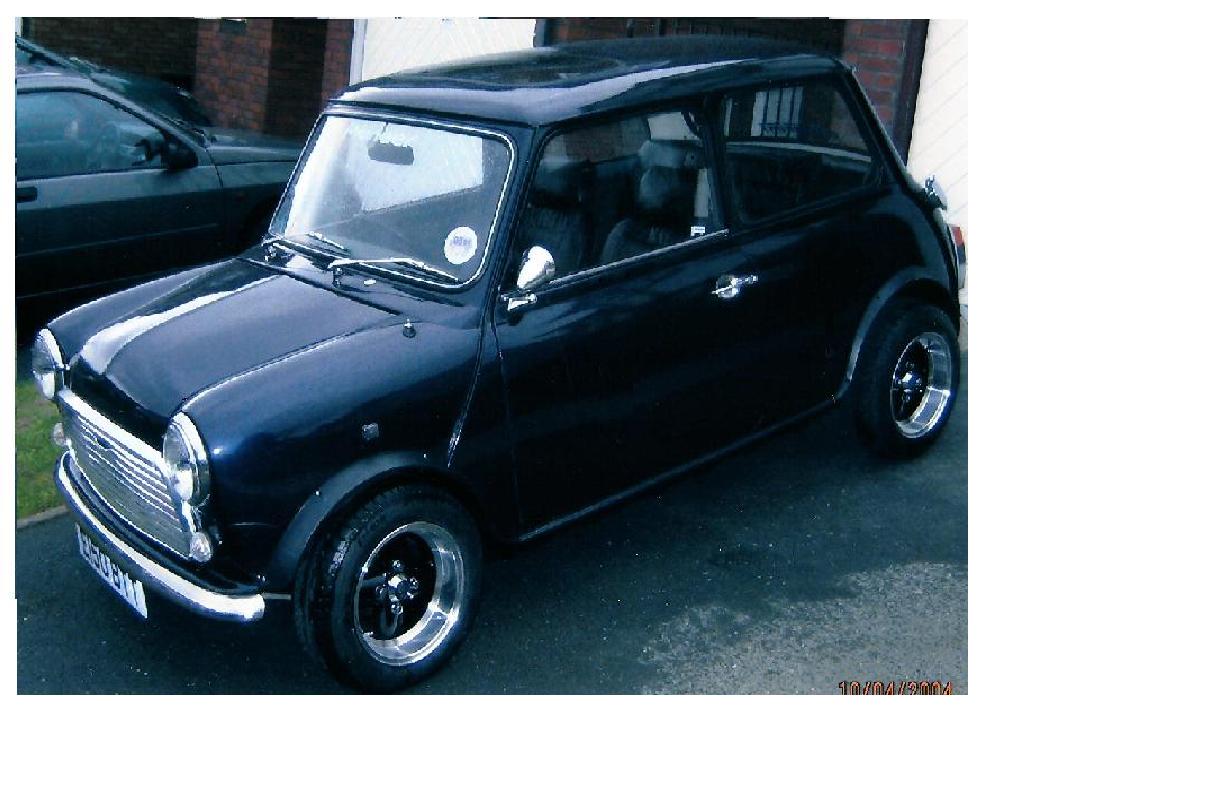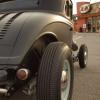
BHP
#1

Posted 13 April 2005 - 04:49 PM
Its a 998 with a stage 1 kit.
Cheers :grin:
#2

Posted 13 April 2005 - 05:18 PM
#3

Posted 13 April 2005 - 08:37 PM
#4

Posted 13 April 2005 - 08:52 PM
#5

Posted 13 April 2005 - 10:35 PM
bhp = (rpm*torque)/5252
#6

Posted 14 April 2005 - 12:13 PM
See:
http://en.wikipedia....wiki/Horsepower
#7

Posted 14 April 2005 - 01:50 PM
Friction brake (Mach.), a form of dynamometer for measuring the power a motor exerts. A clamp around the revolving shaft or fly wheel of the motor resists the motion by its friction, the work thus absorbed being ascertained by observing the force required to keep the clamp from revolving with the shaft; a Prony brake.
This is a brake in it's simplest tform, others are water brakes, or electro magnetic.
Key note = "Force required to keep the clamp from revolving"
The force which is restricting the rotation can be measued in lb ft ( aka torque )
The torque is the given value hence BHP is calculated using the above fomula...
Indicated horse power is calculated using math etc based on the expansion of gasses etc... and I don't see anything like that in the calculation ???
DYNO's measure torque, and convert to BHP, This is the ONLY way to measure BHP.
#8

Posted 14 April 2005 - 02:09 PM
#9

Posted 14 April 2005 - 02:20 PM
#10

Posted 14 April 2005 - 02:44 PM
Its like all the RS Turbos and imprezas who recon they have 250bhp or 350bhp but this is all engine figures and has no relevance to on the road performance.
#11

Posted 14 April 2005 - 04:21 PM
makes people with 1000 feel beter :tongue:Why do they bother to measure or calculate bhp at the flywheel anyway?! It seems stupid to me to ignore the 'box and wheels?! I mean its not like your ever going to run the engine without the 'box or wheels?
#12

Posted 14 April 2005 - 04:27 PM
#13

Posted 14 April 2005 - 04:31 PM
#14

Posted 14 April 2005 - 05:03 PM
Having worked with small engine dynos... I want to reassure you that there are more types of dynos than chassis dynos (rolling roads). The oldest form is indeed a friction brake applied to the flywheel, it's called a "prony brake", the second most common is basically a pump, it's called a "water brake" after that you get into electric resistance (generator) brakes and eddy current brakes. It doesn't have to be a friction brake in the literal meaning of the words... the "brake" just has to apply a resisting torque to the rotating component. Don't begin to think that anytime you hear the word "dyno" that people are talking about a rolling road/chassis dyno. Engine dynos are also common and they are what is used to measure BHP.
The way ANY dyno works is to apply a load to a rotating part (flywheel, wheel, shaft, etc.). The brake itself is mounted in a way that it is free to rotate or pivot about the same center as the rotating component. A lever arm is attached to the brake. The brake would be free to rotate completely around except the lever arm pushes against a load-cell (force scale). (force x distance = torque) The braking force is applied to the rotating component until the RPM is seen to drop and stabilize. Then the RPM and the torque are recorded. This is repeated at multiple RPMs until a curve of torque vs. RPM can be produced. Then the formula GuessWorks provided comes into play. You use the math to determine the hp at any given point along the curve.
Why do companies measure BHP? Because it is engine specific, not car specific. A manufacturer wants to know the power the engine develops when he makes the decision what to put in a vehicle. He isn't necessarily concerned about what power that vehicle can put on the pavement. It also makes for better advertising as the value will be "higher" than the horsepower at the wheels.
#15

Posted 14 April 2005 - 05:17 PM
1 user(s) are reading this topic
0 members, 1 guests, 0 anonymous users





















